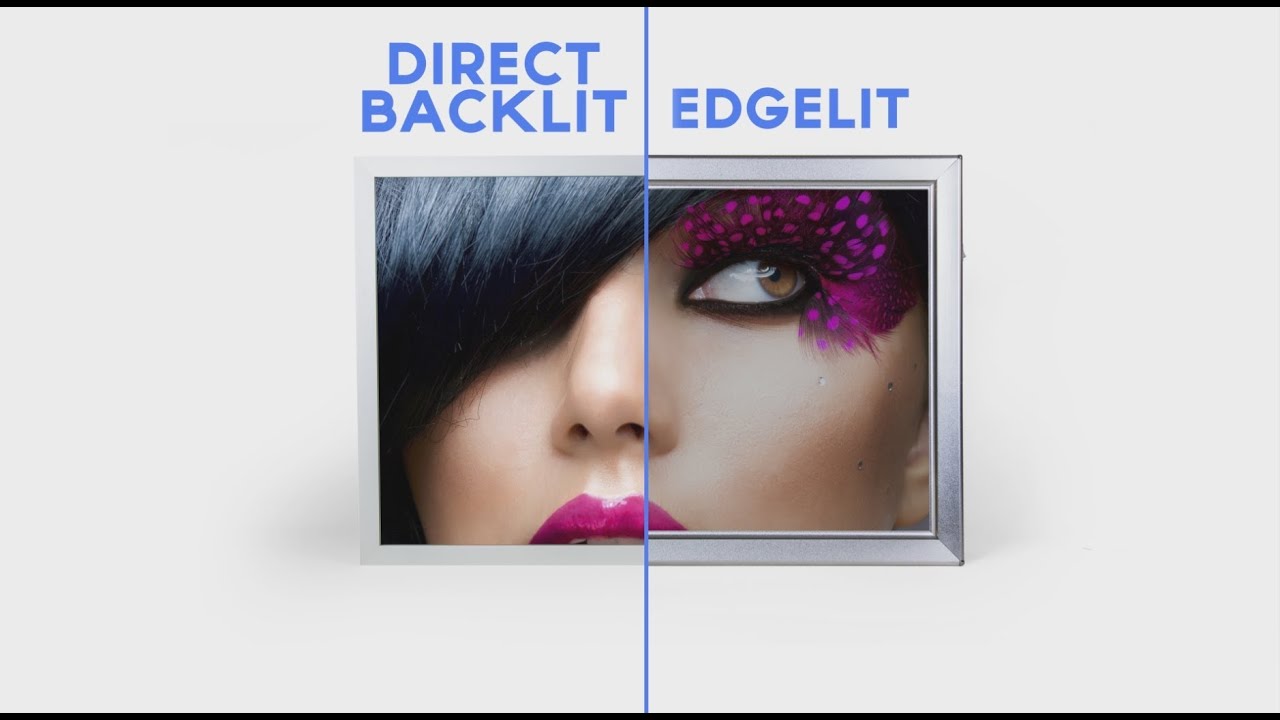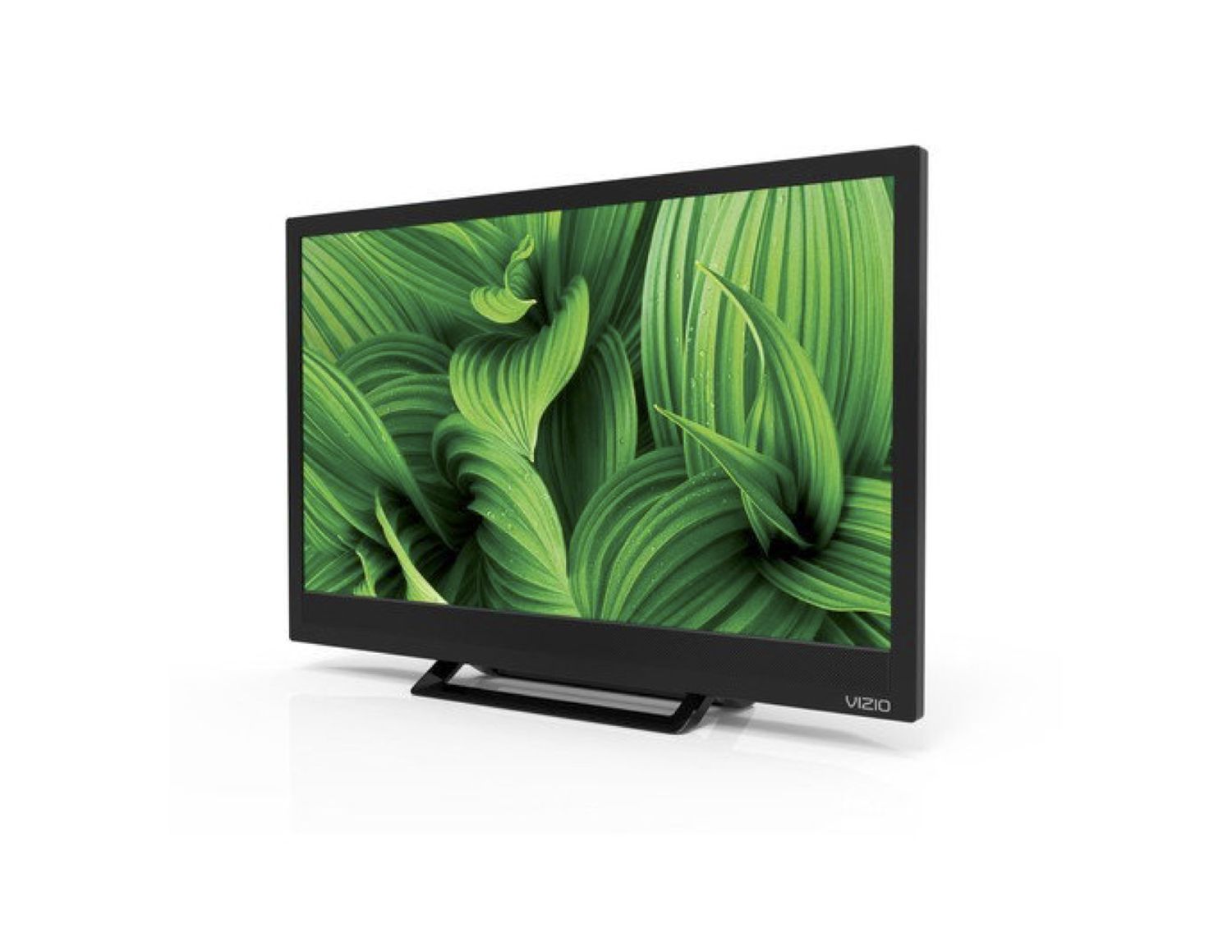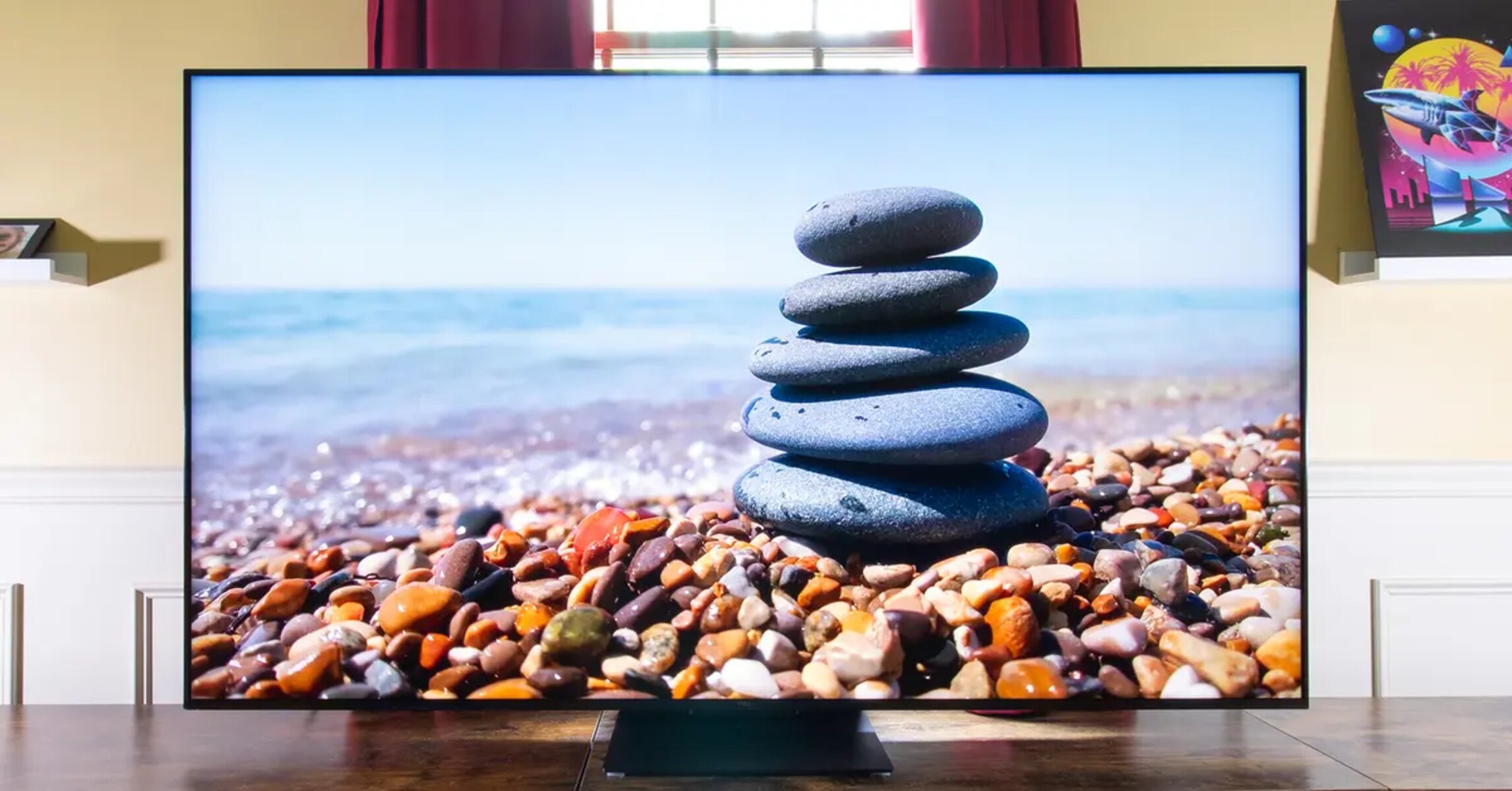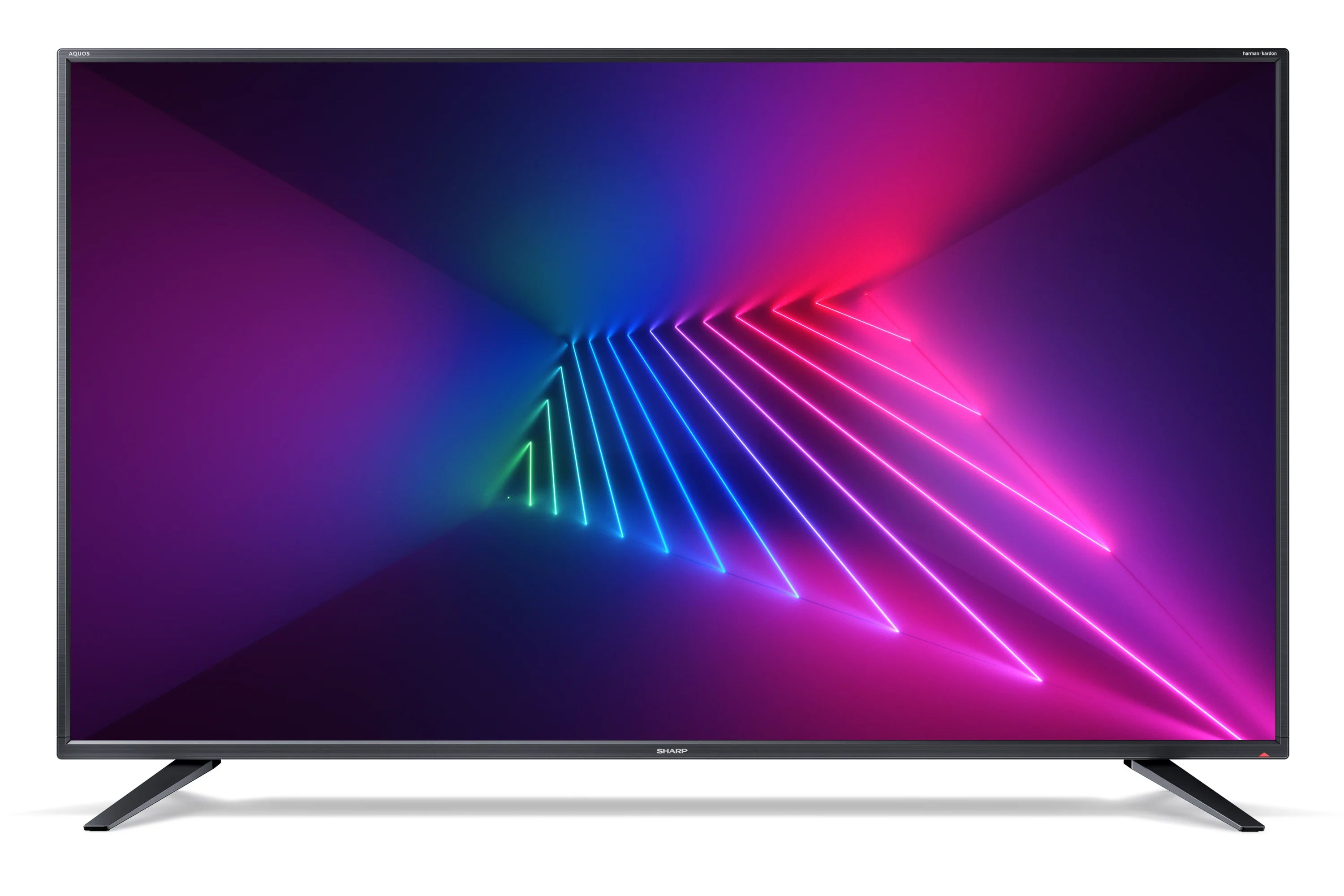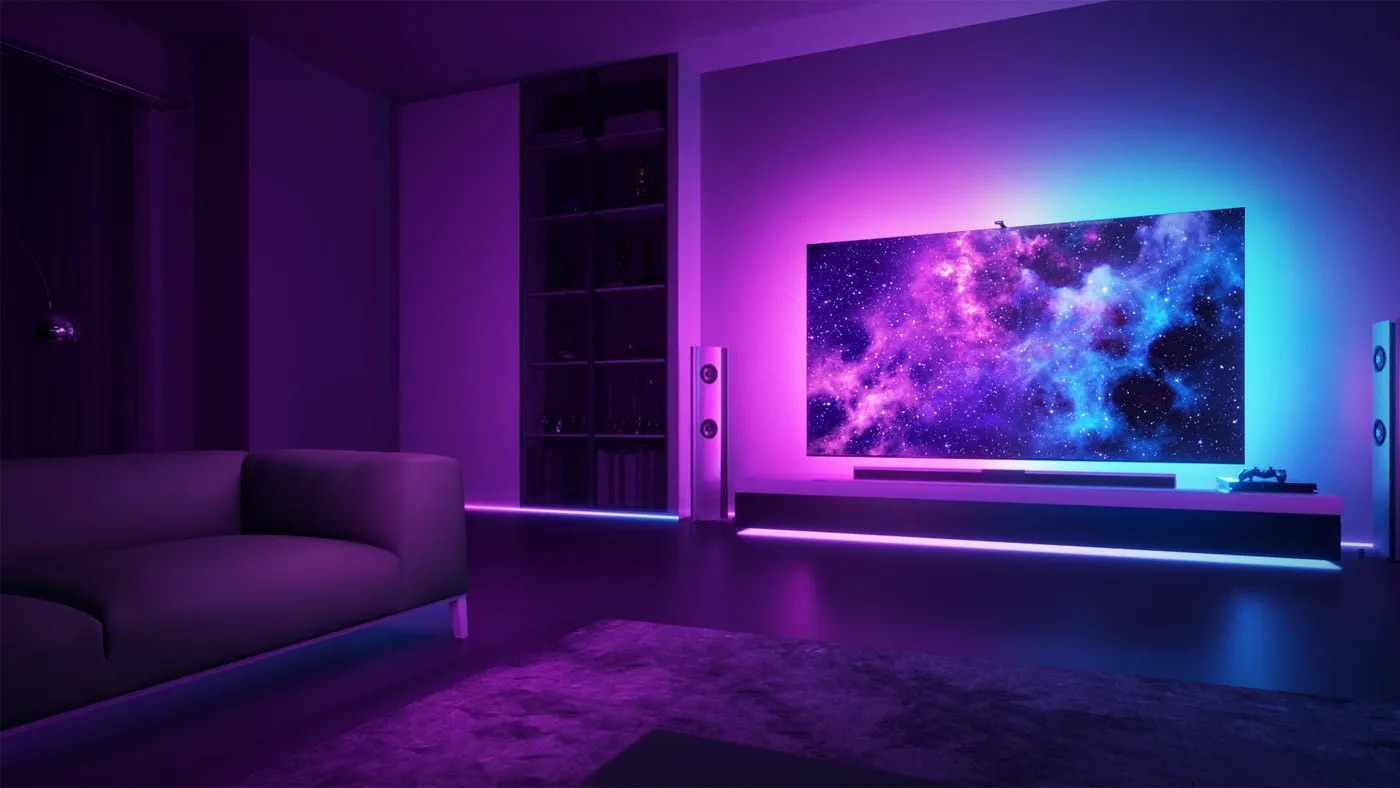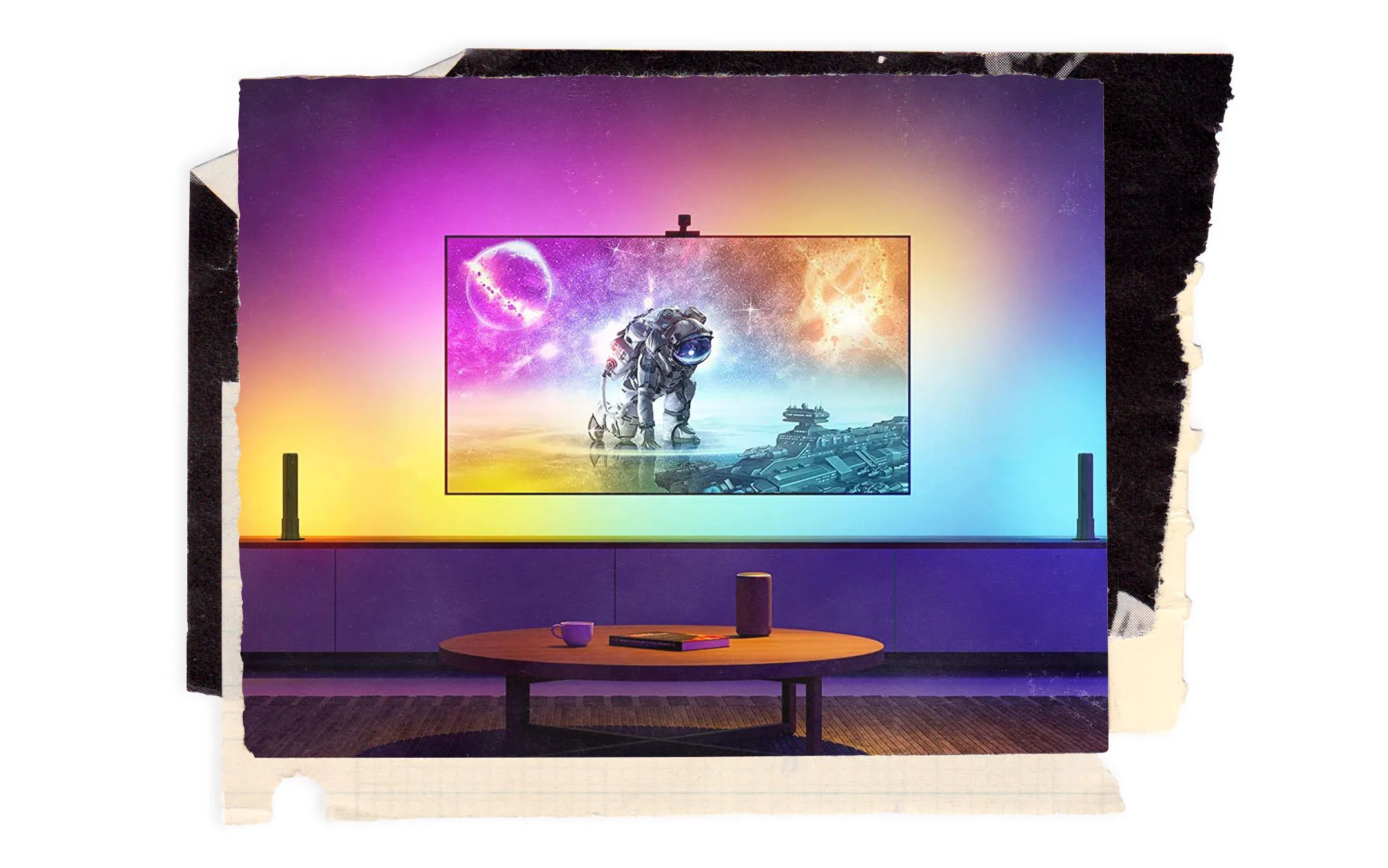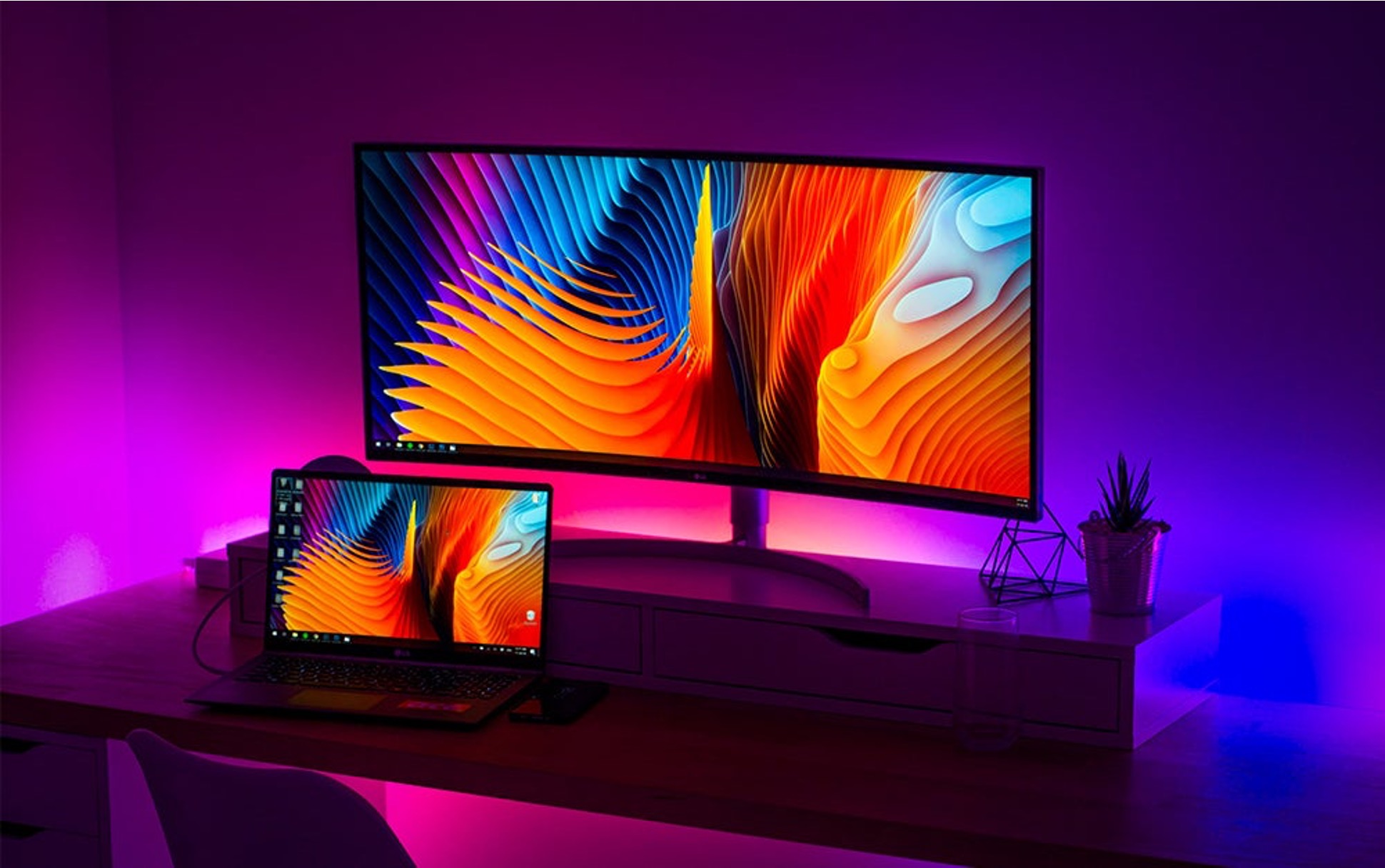What is Edge-Lit and Direct-Lit LED TV
When it comes to choosing a new LED TV, there are two main options that you will come across: edge-lit and direct-lit LED TVs. These terms refer to the technology that is used to backlight the screen of the TV, which directly impacts the picture quality and overall viewing experience. So, let’s delve deeper into what edge-lit and direct-lit LED TVs are and how they differ from each other.
Edge-Lit LED TVs:
An edge-lit LED TV is a type of TV where the LEDs are positioned along the edges of the screen. These LEDs emit light which is then spread across the screen to create a uniform backlight. This technology allows for a sleek and thin design, making edge-lit LED TVs popular for their aesthetically pleasing appearance.
Direct-Lit LED TVs:
On the other hand, a direct-lit LED TV is equipped with LEDs that are placed behind the entire surface of the screen. These LEDs provide uniform backlighting by directly illuminating the screen. This technology offers better control over the lighting, resulting in improved contrast and more accurate color reproduction.
Now that we understand the basic concepts of edge-lit and direct-lit LED TVs, it’s essential to explore the advantages and disadvantages of each. By doing so, we can determine which type of LED TV is better suited for our individual needs and preferences.
Exploring the Technology Behind Edge-Lit LED TVs
To fully appreciate the capabilities of edge-lit LED TVs, it’s important to understand the technology that drives them. Unlike their direct-lit counterparts, edge-lit LED TVs utilize a different approach to backlighting.
The key component of edge-lit LED TVs is the placement of LEDs along the edges of the screen. These LEDs emit light, which is then directed across the screen through a series of light guides or diffuser panels. These reflectors help spread the light evenly across the screen, ensuring a consistent illumination.
Additionally, edge-lit LED TVs employ local dimming technology to enhance contrast. This means that specific areas of the screen can be dimmed or brightened independently, allowing for deeper blacks and brighter highlights. The inclusion of local dimming zones improves the overall picture quality and provides a more immersive viewing experience.
Furthermore, edge-lit LED TVs often feature advanced image processing technologies. These technologies analyze the incoming video signal, enhancing the picture quality by adjusting elements like contrast, color saturation, and sharpness. The result is a more vibrant and detailed image on the screen.
It’s worth noting that while edge-lit LED TVs offer several advantages, they also have their limitations. Due to the placement of LEDs along the edges, uniformity issues can arise, resulting in some areas of the screen appearing brighter or darker than others. This can be especially noticeable when displaying content with a lot of dark scenes.
In addition, edge-lit LED TVs may have limitations in displaying HDR content, as the localized dimming zones may not be sufficient to accurately reproduce the full dynamic range of HDR content. However, advancements in technology have led to the development of edge-lit LED TVs with improved HDR performance.
Overall, the technology behind edge-lit LED TVs allows for sleek designs, enhanced picture quality through techniques like local dimming, and advanced image processing capabilities. However, it’s important to consider the limitations and specific requirements of your viewing preferences before deciding if an edge-lit LED TV is the right choice for you.
The Advantages of Edge-Lit LED TVs
Edge-lit LED TVs offer several advantages that make them an attractive choice for many consumers. Here are some key benefits of choosing an edge-lit LED TV:
Sleek and Thin Design: One of the standout features of edge-lit LED TVs is their slim profile. The positioning of LEDs along the edges allows for a thinner and more streamlined design compared to direct-lit LED TVs. This sleek form factor makes edge-lit LED TVs aesthetically pleasing and suitable for modern living spaces.
Energy Efficiency: Edge-lit LED TVs are known for their energy efficiency. The positioning of LEDs along the edges allows for enhanced energy management, resulting in lower power consumption. This not only contributes to reducing your electricity bill but also helps conserve energy and minimize environmental impact.
Wide Viewing Angles: Edge-lit LED TVs generally offer wider viewing angles compared to other display technologies. This means that you can enjoy a clear and vibrant picture quality even when watching the TV from off-center positions. Whether you’re hosting a movie night or enjoying a live sports event with friends and family, edge-lit LED TVs ensure that everyone gets an excellent viewing experience.
Cost-Effective Option: Edge-lit LED TVs are often more affordable compared to direct-lit or full-array LED TVs. This makes them a cost-effective choice for those who want to enjoy the benefits of LED technology without breaking the bank. With edge-lit LED TVs, you can still experience high-quality visuals without compromising your budget.
Enhanced Contrast and Brightness: With the inclusion of local dimming technology, edge-lit LED TVs can provide better contrast and brightness levels. Local dimming zones allow for precise control over the backlight, resulting in deeper blacks and brighter whites. This enhances the overall image quality, making the on-screen content more immersive and lifelike.
It’s important to note that the advantages of edge-lit LED TVs may vary depending on the specific model and manufacturer. Therefore, it’s recommended to research and compare different options to find the edge-lit LED TV that best suits your needs and preferences.
The Disadvantages of Edge-Lit LED TVs
While edge-lit LED TVs offer many benefits, it’s essential to consider their limitations before making a purchase decision. Here are some important disadvantages of edge-lit LED TVs:
Uniformity Issues: Due to the positioning of the LEDs along the edges, edge-lit LED TVs may suffer from uneven backlighting. Some areas of the screen may appear brighter or darker than others, leading to a lack of uniformity in the picture. This can be especially noticeable during scenes with a lot of dark or black areas.
Reduced Local Dimming Accuracy: Compared to direct-lit or full-array LED TVs, edge-lit LED TVs tend to have fewer local dimming zones. This can result in less precise control over the backlight, leading to reduced accuracy in local dimming performance. As a result, the dynamic range and contrast levels may not be as impressive when displaying HDR content.
Potential Blooming and Halo Effects: Due to the spreading of light from the edges, edge-lit LED TVs can be prone to blooming and halo effects. Blooming occurs when bright objects on the screen cause the surrounding areas to appear washed out. Halo effects, on the other hand, manifest as luminous rings around bright objects. These artifacts can detract from the overall picture quality and impact the viewing experience.
Limited Brightness Levels: Edge-lit LED TVs may have limitations in achieving high brightness levels compared to direct-lit or full-array LED TVs. This can affect the TV’s performance in brightly lit environments where the screen may not appear as vibrant or may struggle to overcome glare.
Dependence on Viewing Angle: While edge-lit LED TVs generally offer wide viewing angles, the picture quality may degrade when viewed from extreme angles. Colors may appear less accurate, and contrast may decrease, leading to a less immersive viewing experience for those sitting off-center.
Understanding these disadvantages will help you make an informed decision when selecting an LED TV. It’s important to weigh these limitations against your viewing preferences and priorities to determine if an edge-lit LED TV is the right choice for you.
Getting to Know Direct-Lit LED TVs
Direct-lit LED TVs are a popular choice among consumers looking for superior picture quality and performance. Understanding the technology behind direct-lit LED TVs can help you appreciate their advantages and make an informed decision when purchasing a new TV.
Unlike edge-lit LED TVs, direct-lit LED TVs have LEDs uniformly distributed behind the entire surface of the screen. This allows for precise control over the backlighting, resulting in improved contrast, more accurate color reproduction, and enhanced overall picture quality.
Direct-lit LED TVs often come equipped with local dimming technology, which means that specific areas of the screen can be dimmed or brightened independently. This enhances the dynamic range by achieving deep blacks and bright highlights, creating a more immersive viewing experience.
One of the standout features of direct-lit LED TVs is their ability to provide uniform backlighting across the entire screen. By having LEDs positioned directly behind the screen, direct-lit LED TVs eliminate the issue of uneven lighting that can be present in edge-lit LED TVs. This results in a more consistent and uniform picture quality, free from any distracting inconsistencies.
Direct-lit LED TVs also excel in displaying high dynamic range (HDR) content. With their ability to achieve high levels of brightness and accurately reproduce a wide color gamut, direct-lit LED TVs can deliver stunning HDR visuals with vibrant colors, rich contrast, and lifelike details.
Due to their superior technology and performance, direct-lit LED TVs are often more expensive compared to edge-lit models. Additionally, the inclusion of locally dimmed zones may require more power, resulting in higher energy consumption compared to edge-lit LED TVs.
Nevertheless, for those who prioritize picture quality, color accuracy, and overall performance, direct-lit LED TVs are an excellent choice. With their uniform backlighting, precise local dimming, and impressive HDR capabilities, they provide an exceptional viewing experience for movies, shows, and gaming.
Ultimately, when choosing between direct-lit and edge-lit LED TVs, it’s important to consider your budget, preferences, and priorities. If you value superior picture quality and are willing to invest in a high-performing display, a direct-lit LED TV may be the ideal choice for you.
The Advantages of Direct-Lit LED TVs
Direct-lit LED TVs offer several advantages that make them a popular choice for those seeking superior picture quality and performance. Here are some key advantages of direct-lit LED TVs:
Enhanced Picture Quality: Direct-lit LED TVs excel in providing exceptional picture quality. The uniform distribution of LEDs behind the screen allows for precise control over backlighting. This results in improved contrast, more accurate color reproduction, and better overall image clarity. Whether you’re watching movies, sports, or playing video games, direct-lit LED TVs ensure a stunning visual experience.
Improved Local Dimming: Direct-lit LED TVs often feature local dimming technology, with more zones compared to edge-lit models. This allows for precise control over the backlight, enhancing contrast and improving black levels. With deeper blacks and brighter highlights, direct-lit LED TVs offer enhanced cinematic experiences and more immersive gaming sessions.
Uniform Backlighting: Direct-lit LED TVs provide uniform backlighting across the entire screen. The LEDs positioned behind the screen eliminate any inconsistencies in lighting, ensuring a consistent and uniform picture quality. This means you can enjoy a visually pleasing experience without any distracting bright or dark patches on the screen.
High Dynamic Range (HDR) Support: Direct-lit LED TVs are well-equipped to handle HDR content. With their ability to achieve high levels of brightness and accurately reproduce a wide color gamut, direct-lit LED TVs deliver stunning HDR visuals. You’ll experience vibrant colors, rich contrast, and lifelike details, bringing your favorite movies and shows to life.
Wide Viewing Angles: Direct-lit LED TVs typically offer wide viewing angles. This means you can enjoy a clear and vibrant picture quality even when watching from off-center positions. Whether you’re sitting directly in front of the TV or on the side, you’ll experience consistent image quality and colors.
Longer Lifespan: Direct-lit LED TVs tend to have a longer lifespan compared to other TV technologies. The use of LEDs as the light source ensures longevity, reducing the need for frequent bulb replacements. This makes direct-lit LED TVs a reliable investment that will provide you with years of high-quality entertainment.
With their superior picture quality, precise local dimming, wide viewing angles, and support for HDR content, direct-lit LED TVs offer an exceptional viewing experience. While they may come at a higher price point and consume more power compared to edge-lit models, the benefits they provide make them an ideal choice for those who prioritize the best possible picture quality.
The Disadvantages of Direct-Lit LED TVs
While direct-lit LED TVs offer superior picture quality and performance, it’s important to consider their limitations before making a purchase decision. Here are some important disadvantages of direct-lit LED TVs:
Thicker Design: Compared to edge-lit LED TVs, direct-lit models tend to have a slightly thicker design. This is due to the placement of the LEDs behind the screen. While this may not be a significant concern for most users, it’s worth considering if you have limited space or prefer a sleeker and more slimline design.
Higher Energy Consumption: Direct-lit LED TVs require more power to operate compared to edge-lit LED TVs. This is because the LEDs used in direct-lit models are distributed across the entire screen, resulting in higher energy requirements. While they may offer superior picture quality, it’s important to factor in the potential increase in energy consumption when considering the overall cost of ownership.
Cost: Direct-lit LED TVs are typically more expensive than edge-lit models. The technology and superior picture quality come at a higher price point, making direct-lit LED TVs a bigger investment. If budget is a concern, you may need to weigh the advantages against the additional cost and determine if the benefits justify the price difference.
Less Slim Design: As a result of the uniform distribution of LEDs behind the screen, direct-lit LED TVs have a thicker design compared to edge-lit models. While this may not affect picture quality, it can impact the aesthetics of the TV and may be less appealing for those who prefer a slim and sleek TV profile.
Possible Halo and Blooming Effects: Despite their ability to provide more accurate local dimming, direct-lit LED TVs can still suffer from halo and blooming effects. These artifacts occur when bright objects on the screen create a luminous halo or cause surrounding areas to appear washed out. While advancements in technology have minimized these effects, they can still be noticeable in certain viewing conditions.
Understanding these disadvantages will help you make an informed decision when selecting a direct-lit LED TV. Take into account your budget, space limitations, and viewing preferences to determine if the advantages outweigh the potential drawbacks for your specific needs.
Which LED TV is Right for You?
Choosing the right LED TV for your needs can be a daunting task, considering the wide range of options available in the market. To make an informed decision, it’s important to consider your specific requirements, preferences, and budget. Here are some factors to consider when determining which LED TV is right for you:
Picture Quality: If picture quality is your top priority and you want the best possible visuals, direct-lit LED TVs are a solid choice. With their excellent contrast, accurate color reproduction, and support for HDR content, direct-lit LED TVs will provide a superior viewing experience. However, if you value affordability and prefer a sleek design, edge-lit LED TVs can still deliver impressive visuals.
Budget: Your budget is a crucial factor in determining the LED TV that is right for you. Edge-lit LED TVs are generally more affordable compared to direct-lit models, making them a popular choice for those on a tighter budget. However, if you’re willing to invest more for superior picture quality and advanced features, a direct-lit LED TV may be worth considering.
Room Lighting: Consider the lighting conditions in your room where the TV will be placed. If you have a lot of natural light or bright ambient lighting, direct-lit LED TVs tend to perform better in such environments due to their higher brightness levels. Edge-lit LED TVs, on the other hand, may struggle to overcome glare and maintain picture quality in bright conditions.
Space and Design: Take into account the available space and your design preferences. Edge-lit LED TVs are known for their sleek and slim design, making them ideal for wall mounting or fitting into smaller spaces. However, if space is not a concern and you prefer a slightly thicker design for superior picture quality, direct-lit LED TVs may be a better fit for you.
Viewing Angle: If you anticipate having viewers seated at various angles from the TV, consider the viewing angles offered by each type of LED TV. Edge-lit LED TVs generally provide wider viewing angles, ensuring consistent image quality from different perspectives. Direct-lit LED TVs may still offer respectable viewing angles but may suffer from a slight decrease in picture quality when viewed off-center.
By considering these factors, you can determine which LED TV is best suited to your needs, preferences, and budget. Whether you prioritize picture quality, affordability, design, or viewing angles, finding the right LED TV can enhance your entertainment experience and bring your favorite content to life.
Conclusion
When it comes to choosing between edge-lit and direct-lit LED TVs, there are several factors to consider. Both technologies have their own advantages and disadvantages, and the right choice ultimately depends on your specific needs and preferences.
Edge-lit LED TVs are known for their sleek design, energy efficiency, wide viewing angles, and affordability. They offer a cost-effective option for those who prioritize aesthetics, energy savings, and a good viewing experience from different angles. However, they may suffer from uniformity issues, limited brightness levels, and reduced local dimming accuracy.
On the other hand, direct-lit LED TVs excel in picture quality, offering superior contrast, accurate color reproduction, and enhanced local dimming capabilities. They are well-suited for those who demand the best visuals, particularly for HDR content. However, direct-lit LED TVs may cost more, consume more power, and have a thicker design compared to edge-lit models.
In the end, it’s important to consider your budget, space limitations, desired picture quality, and viewing preferences when making a decision. Evaluate the advantages and disadvantages of each technology and choose the LED TV that aligns with your priorities.
Remember to research different models, read reviews, and compare specifications before making your final purchase. This will ensure that you select an LED TV that meets your expectations and provides an enjoyable and immersive viewing experience for years to come.







